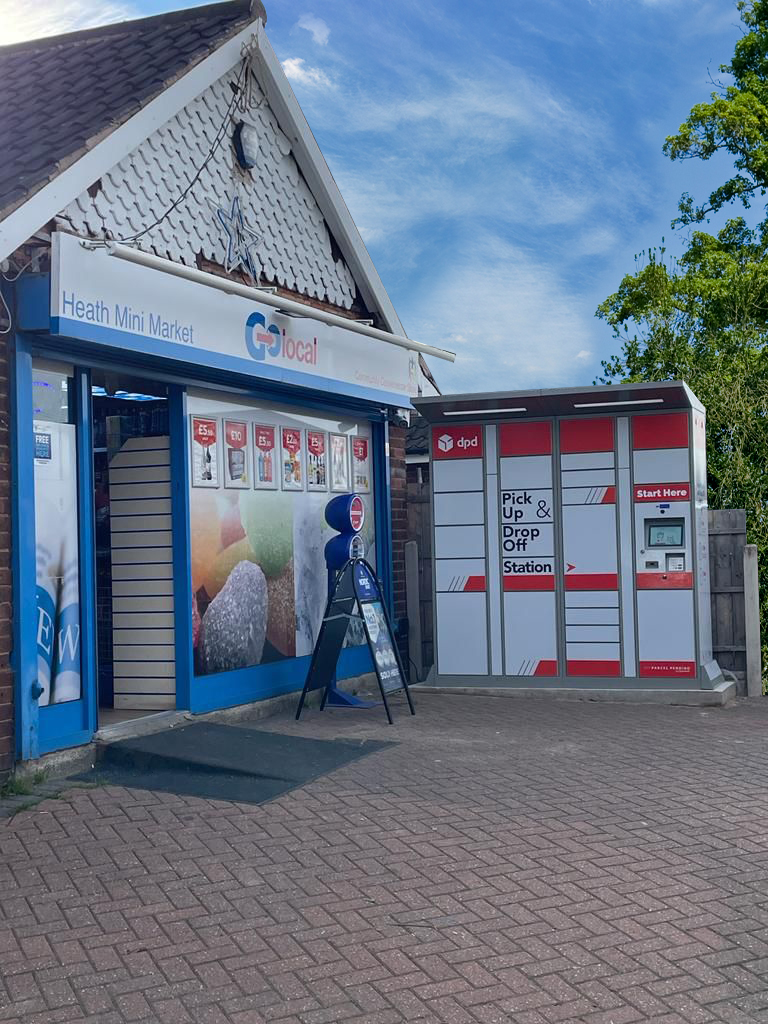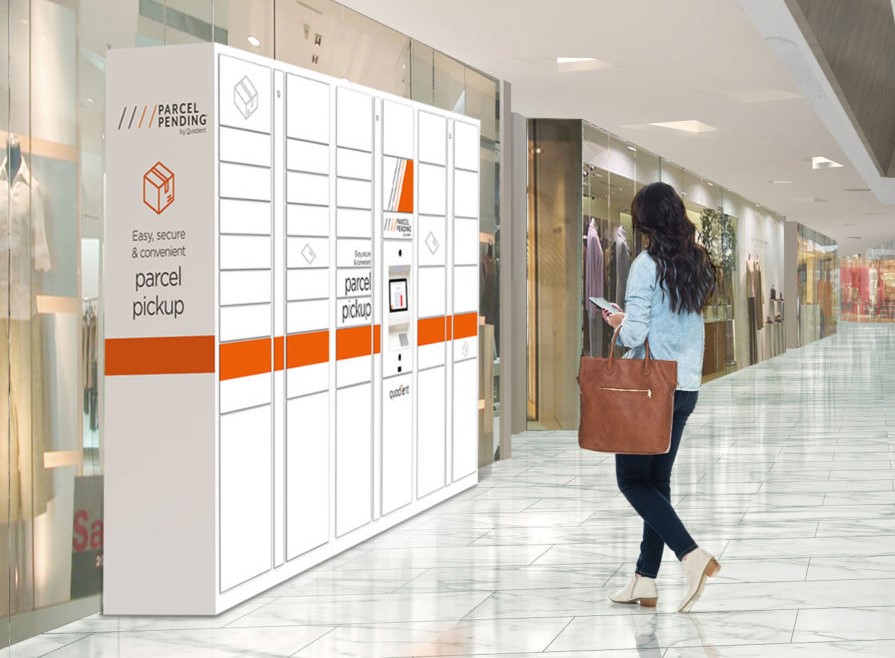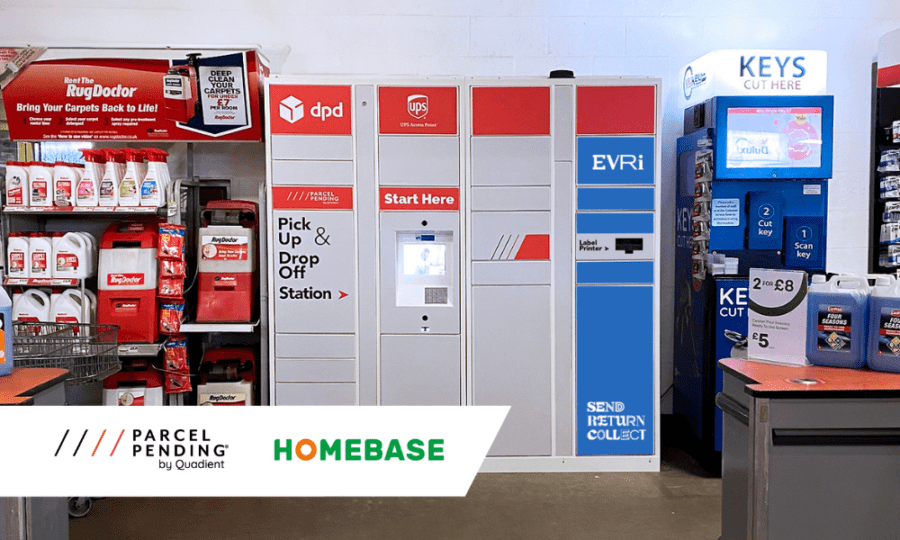
Our Blog
Is Smart Building Technology the Future of Apartment Living?
4 Min Read
Written by: pdm
Updated May 4, 2023
There are a range of smart building definitions but, to most people, ‘smart’ means connected building facilities that residents and managers can interact with through smart building applications and other online tools. Temperature controls, smart lighting and locking systems, and even lifts can be monitored and managed through intelligent systems. In smart buildings, an apartment occupant can interact directly with existing building facilities, including parcel management, in real time, for a simpler, more satisfying living experience.
Smart technology also provides an efficient and effective way for owner-operators to manage their buildings. They can also contribute to energy management and sustainability goals thanks to sensors that continuously monitor and adjust heating, smart lighting, air conditioning, and other features that can impact the building’s energy use.
Optimising environmental factors
Managers and residents can control and optimise the environment within a smart building. An occupant might enjoy self-regulating temperature in their apartment or smart home; they may even want to gain entry to the building using their smartphone, instead of a key. Some properties will have a single app that integrates a range of smart building services and facilities for added convenience and simplicity.
It is the information from smart buildings’ connected systems that benefit owner-operators and occupants, together with the convenient ways they have to act upon that information. When systems are brought together into one property or building management system, owner-operators gain better insight into their buildings and a one-stop-shop to monitor, update and make changes.
Once a sign of things to come, smart buildings are now becoming a way of life. A survey by electronics company Samsung reveals that three-quarters (75 per cent) of responding UK homeowners, renters and students think that smart home technology is the future of property development. What’s more, 71 per cent say a digitally connected property is important to save time and effort.
Sustainability and energy management
The research also reflects green issues, with 73 per cent of respondents considering a development’s sustainability credentials to be important when choosing where to live. According to one source, buildings are responsible for 40 per cent of energy consumption and 36 per cent of climate emissions in Europe. Smart building technologies give operators building automation and control that can provide net energy savings of 15-22 per cent across the EU.
The pandemic prompts new living choices
Green thinking has been around for decades, while the COVID-19 pandemic began only last year. Yet the pandemic’s impact has been so profound that nearly three-quarters (74 per cent) of Samsung’s survey respondents said how they see their property has changed as a result, with a desire for bigger living and outdoor space, and somewhere that is flexible to their needs.
These findings correlate with the expectation that hybrid models of working, in which people spend more time working from home than they did before, will continue beyond the pandemic. This will impact how rooms are used, with bedrooms doubling as studies and space required for office-type furniture. It may also be reflected in the communal areas of the building through collaborative working spaces.
Identifying and catering to trends
Smart buildings help owner-operators and building managers to understand how their buildings are used, identify trends, and cater to evolving residents’ needs. Smart technology also provides a solution to tackle the growing issue of parcel deliveries at apartments.
Parcels become a problem without a time-efficient, effective way of dealing with them. Residents don’t want to be tied to times when they can collect their deliveries from a central holding place, and owner-operators and building managers don’t want the theft, fire and trip hazard of parcels collecting in reception and other areas.
The pandemic sparked an upsurge in online shopping, generating even more parcels than usual, but even pre-pandemic, volumes grew by eight per cent year on year. If building staff have to take in and distribute parcels, and spend an average of four minutes on each, up to two hours of their time a day gets taken up by 30 parcels.
Delivering parcels instead into secure parcel lockers takes away staff involvement. Residents self-serve from the lockers, at times that suit them, after they are automatically notified that they have a delivery. That way, there are fewer in-person interactions between couriers and staff and staff and residents too, as part of reduced contact strategies.
The owner-operator or building manager gets a clear insight into how many parcels are being delivered, how quickly they’re collected, and more through a web-based analytics dashboard. They can immediately spot and action delivery trends by, for example, adding extra lockers or more lockers of a particular size to their modular unit to cater for volume growth.
Smart buildings provide residents with convenient access to facilities and services so they can manage their home life in the way they want to. It gives them control over aspects of their home environment and streamlines their interactions. The owner-operator and building manager benefit from the information a smart building generates so they can provide resilient services and facilities that adapt as residents’ needs change.
Ready to learn more? Fill out the form below to request a call back from one of our parcel management experts.





